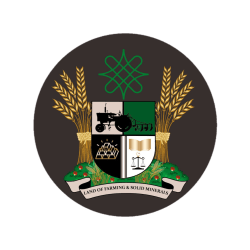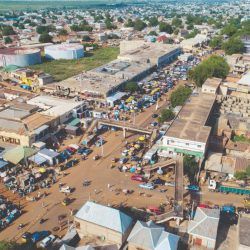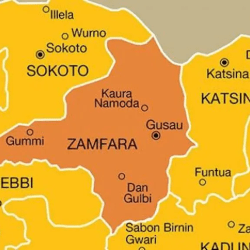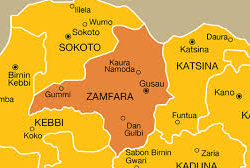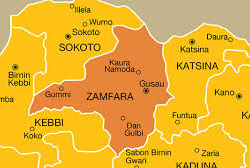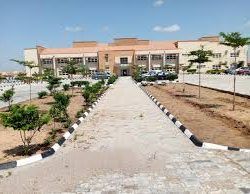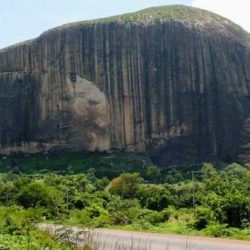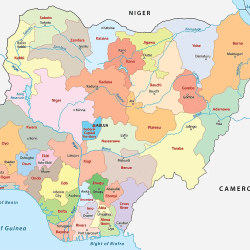Zamfara State, located in northwestern Nigeria, has a rich history and diverse cultural background. Originally part of Sokoto State until 1996, it became an autonomous state through the efforts of the local population. Below are key points about the state:
Geography and Demographics:
- Capital: Gusau
- Borders: It is bordered by Niger to the north, Kaduna and Niger states to the south, Katsina State to the east, and Sokoto and Kebbi states to the west.
- Population: According to the 2006 census, it has a population of 3,278,873.
- Ethnic Composition: Zamfara is predominantly Hausa, with significant Fulani populations and other ethnic groups like Gobirawa, Burmawa, Katsinawa, Garewatawa, and Hadejawa scattered across various local government areas.
History:
- Zamfara is one of the ancient Hausa Kingdoms, with its first capital established at Dutsi.
- The kingdom thrived from the 11th to the 16th century, but the capital shifted several times due to wars, notably to Anka after Birnin Zamfara was destroyed by the Gobir Kingdom in the 18th century.
- In the 19th century, Zamfara became part of the Sokoto Caliphate after Usman dan Fodio’s jihad.
- Gusau, the current capital, became an important commercial and administrative hub during British colonial rule.
Economy:
- The economy is primarily based on agriculture, with the slogan “farming is our pride.” The state’s major crops include millet, maize, rice, groundnuts, cotton, and beans.
- Gold mining is also a significant activity, though it has led to health risks such as lead poisoning due to improper mining practices.
- The state remains one of Nigeria’s poorest, with a high incidence of extreme poverty (over 60% of the population).
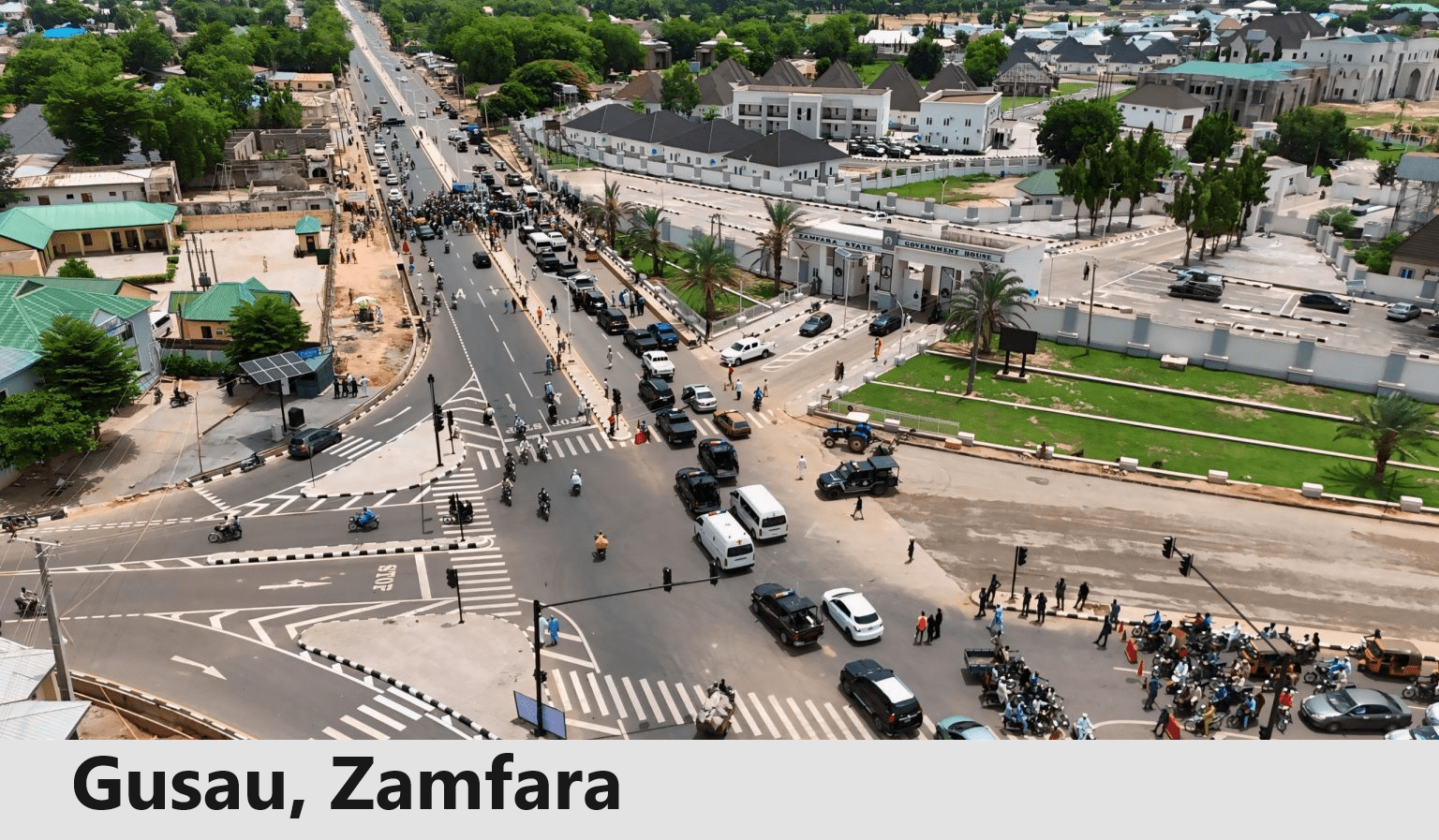
Natural Resources:
Zamfara has an abundance of natural resources, including:
- Iron ore
- Gold
- Chromate
- Granite
- Clay
- Limestone
- Quartz
- Kaolin
Climate:
Zamfara experiences tropical weather, with extremely hot temperatures reaching up to 38°C (100.4°F), especially between March and May. The rainy season begins in late May and ends in September, followed by the mild Harmattan season lasting until April.
Security Issues:
In recent years, Zamfara has faced significant security challenges due to banditry and kidnapping:
- In 2021, 279 schoolgirls were kidnapped in Jangebe, though they were later released.
- In 2022, over 200 people were killed in attacks by bandits.
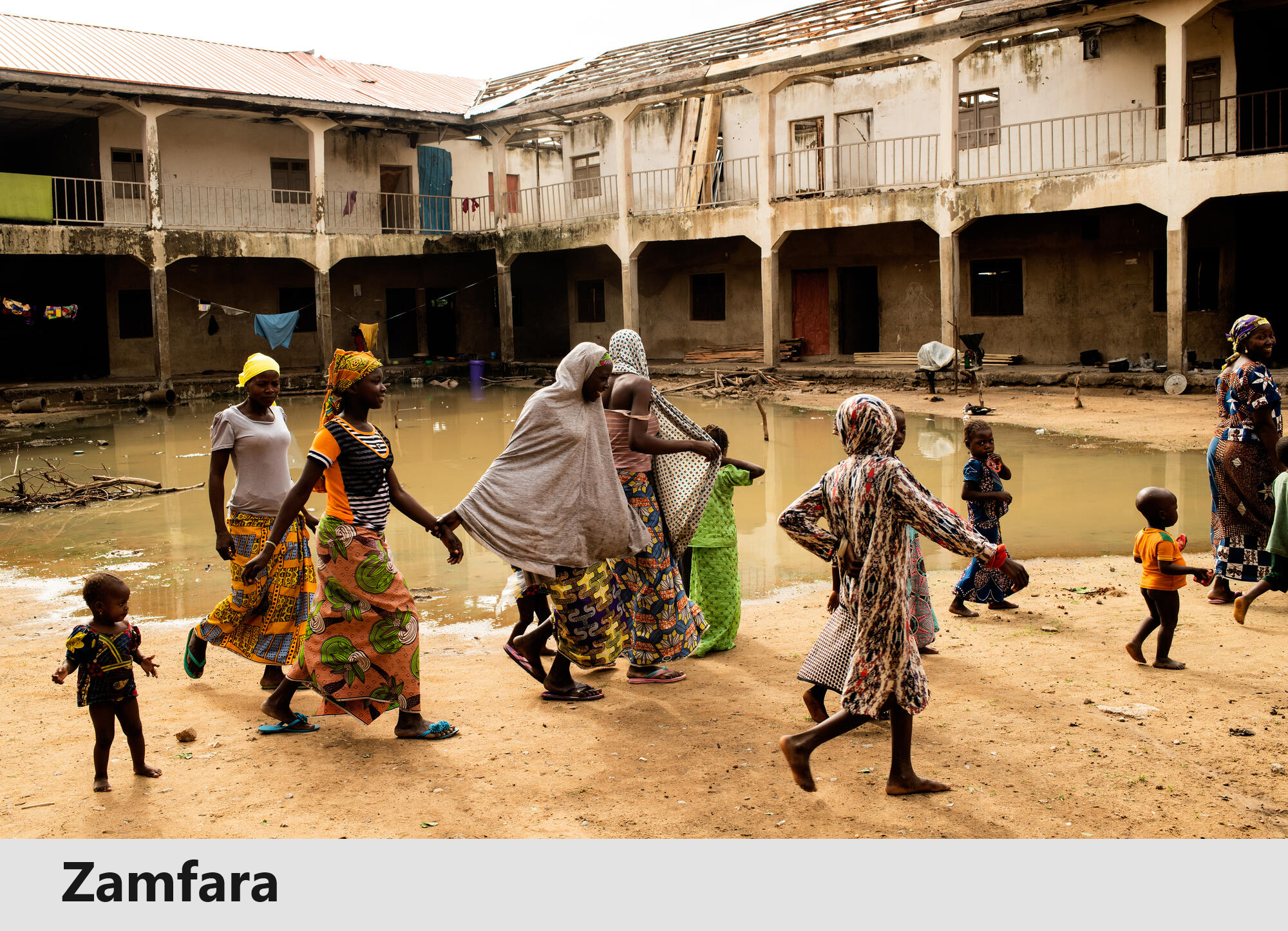
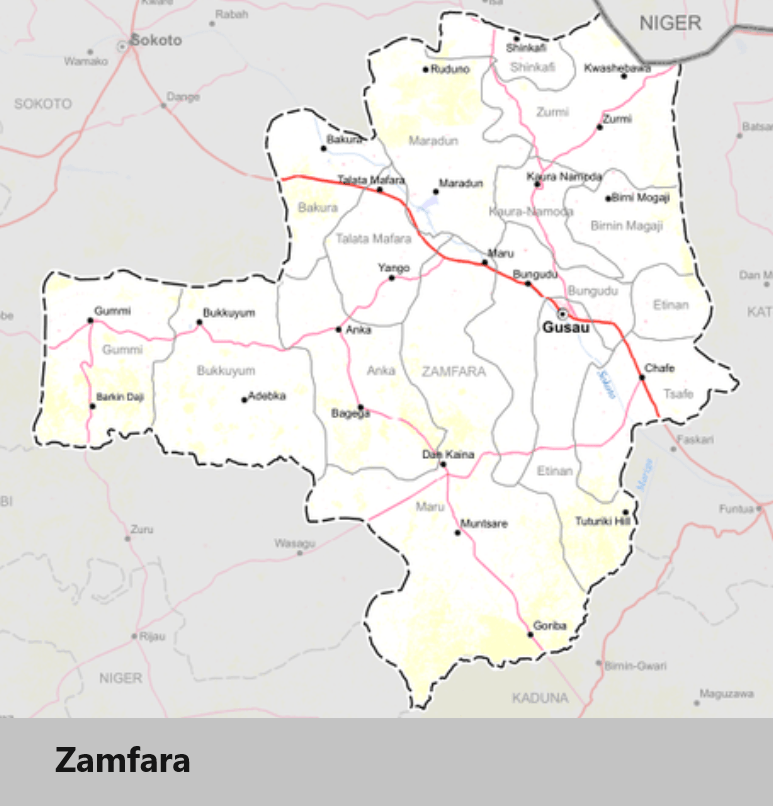
Religion:
The majority of the population practices Islam, and Zamfara was the first Nigerian state to implement Sharia law during the tenure of former governor Ahmad Sani Yerima. There are also Christian communities and followers of indigenous religions, particularly in ancient settlements like Dutsi and Kwatarkwashi.
Tourism:
- Zamfara has a number of tourist attractions, such as Mount Kwatarkwashi, and ancient sites of historical and religious significance, including Jata, an old Zamfara settlement with a large cave used for traditional practices.
Education:
The state has several higher institutions, including:
- Federal Polytechnic, Kaura-Namoda
- Federal University, Gusau
- Zamfara State University
- Zamfara State College of Education, Maru
Notable People:
- Kabir Garba – Politician
- Tijjani Yahaya Kaura – Politician
- Aishatu Madawaki – Politician
- Mahmud Shinkafi – Former governor
- Abdul’aziz Abubakar Yari – Former governor
- Ahmad Sani Yerima – Former governor and senator
Zamfara’s history, rich cultural background, and strategic location continue to shape its significance within Nigeria, though the state faces ongoing challenges, particularly in economic development and security.
Local Govermentt Areas
- Anka
- Bakura
- Birnin Magaji
- Bukkuyum
- Bungudu
- Gummi
- Gusau
- Kaura Namoda
- Maradun
- Maru
- Shinkafi
- Talata Mafara
- Tsafe
- Zurmi
